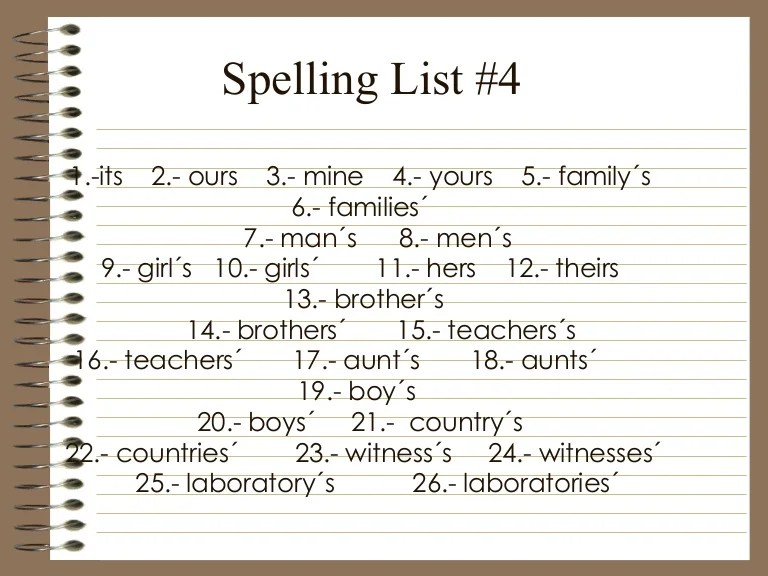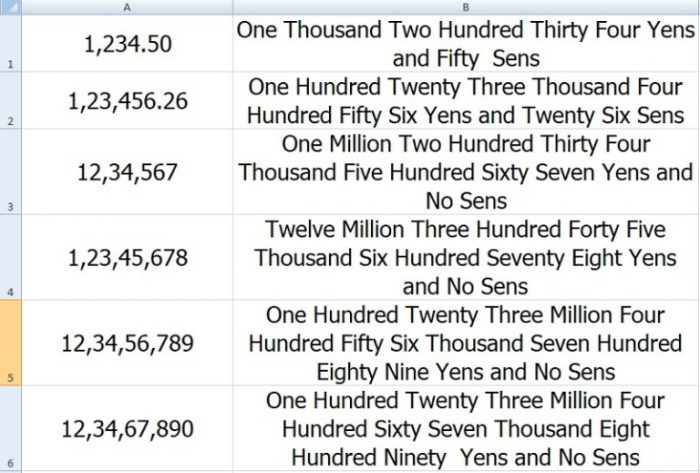The numerical index of spelling words, a valuable tool in educational settings, provides a systematic approach to organizing and retrieving spelling words. By assigning numerical values to words, educators can facilitate efficient word retrieval, enhance spelling accuracy, and support differentiated instruction.
This comprehensive guide delves into the concept, creation, applications, and considerations of a numerical index for spelling words, offering practical insights and strategies for its effective implementation.
1. Introduction to Numerical Index of Spelling Words

A numerical index of spelling words is a system for assigning unique numbers to each word in a given list of spelling words. This index provides a convenient and efficient way to organize and retrieve spelling words for teaching, learning, and assessment purposes.
The purpose of using a numerical index is to facilitate the identification, retrieval, and tracking of spelling words. By assigning numbers to words, educators can quickly locate specific words, monitor student progress, and provide individualized instruction.
2. Methods for Creating a Numerical Index
Creating a numerical index of spelling words involves the following steps:
- Select a word list:Determine the set of spelling words to be indexed.
- Assign numbers:Assign a unique number to each word in the list. This can be done sequentially, randomly, or based on specific criteria.
- Organize the index:Arrange the words in the index alphabetically, by difficulty level, or by any other relevant criteria.
3. Applications of a Numerical Index
A numerical index of spelling words has various applications in educational settings, including:
- Teaching:Educators can use the index to create differentiated spelling lists and assignments based on student needs.
- Learning:Students can use the index to self-assess their spelling and track their progress.
- Assessment:The index can be used to develop spelling tests and quizzes, providing a structured and consistent way to assess student learning.
4. Design Considerations for a Numerical Index, Numerical index of spelling words
When designing a numerical index, several factors should be considered:
- Ease of use:The index should be easy to navigate and use for both educators and students.
- Flexibility:The index should be adaptable to different educational contexts and curriculum requirements.
- Efficiency:The index should allow for quick and efficient retrieval of spelling words.
5. Limitations and Challenges of Using a Numerical Index
While a numerical index can be a valuable tool, there are some limitations and challenges to consider:
- Limited to specific word lists:The index is only applicable to the specific word list used in its creation.
- Potential for confusion:Students may initially find it challenging to associate numbers with words.
- Time-consuming to create:Creating a comprehensive numerical index can be a time-consuming process.
6. Alternative Approaches to Spelling Instruction
In addition to the numerical index approach, there are other methods for teaching spelling:
- Phonics:Teaching spelling through the relationship between sounds and letters.
- Whole word approach:Teaching spelling by recognizing words as whole units.
- Multisensory approach:Teaching spelling through various senses, such as sight, sound, and touch.
The choice of approach depends on the specific educational context, student needs, and learning styles.
Essential Questionnaire
What is the primary benefit of using a numerical index for spelling words?
A numerical index simplifies word retrieval, allowing educators to quickly locate specific words for instruction or assessment purposes.
How can a numerical index support differentiated instruction?
By organizing words based on their difficulty level, a numerical index enables educators to assign appropriate words to students with varying spelling abilities.
What factors should be considered when designing a numerical index?
Factors to consider include the grade level, word frequency, and the intended purpose of the index.

